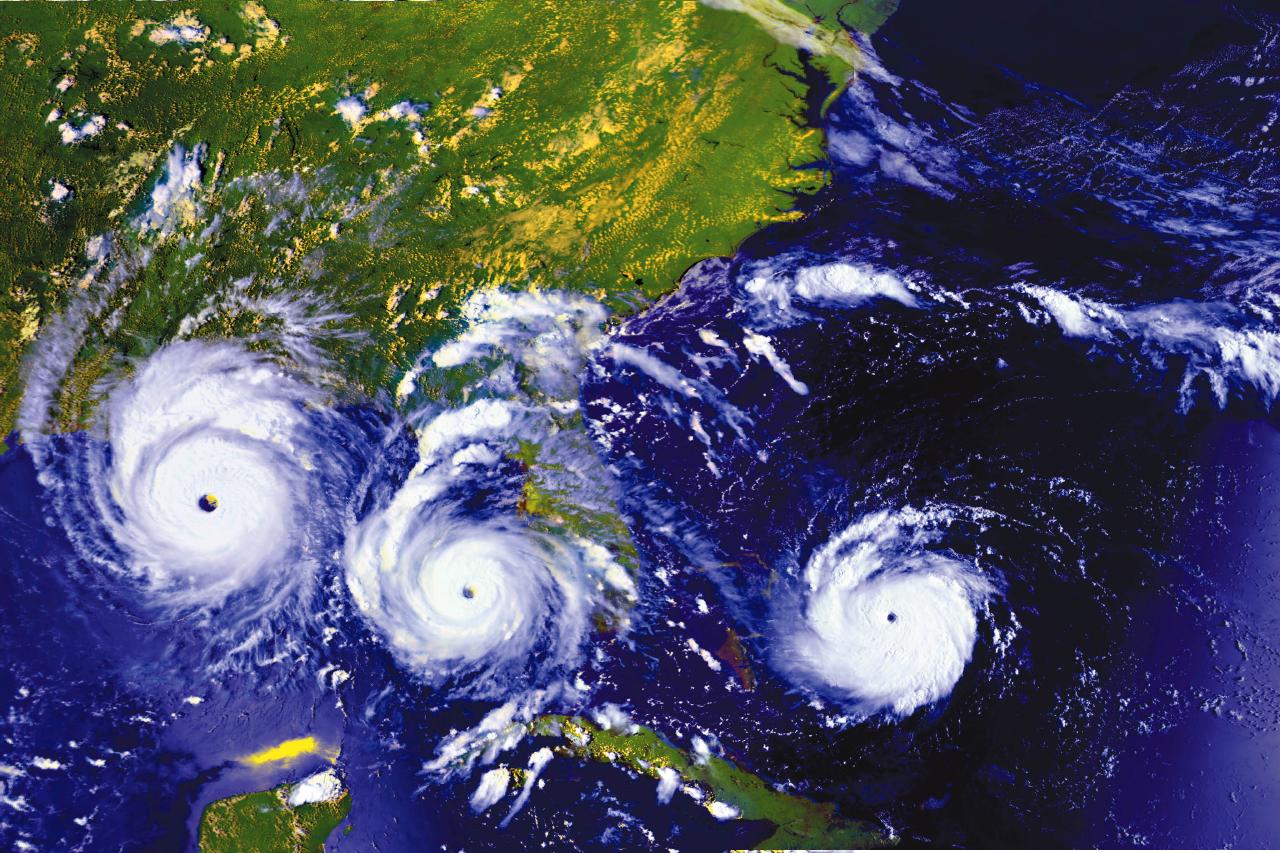Ask NASA Climate | August 18, 2009, 17:00 PDT
A perfect storm
Doing the numbers

Over the past 10 years, an average of 26 hurricanes and tropical storms have formed in the Atlantic Ocean each year. Yet despite the recent surge in tropical cyclone activity, this peak is nothing new according to a paper just published in Nature. Climate scientist Michael Mann and colleagues, who analyzed hurricane data from the past 1,500 years, say that hurricane activity was just as high, if not higher, around 1000 A.D.
In medieval times there were of course no space satellites to track storms, so Mann and his co-authors used sediment deposits in coastal regions to search for evidence of hurricanes that make landfall. They also cross-checked their results using statistical techniques which, by taking into account climate changes in the past, can predict how many Atlantic tropical cyclones occurred. What they found was that the medieval peak in hurricane activity coincided with periods of higher sea surface temperatures. Warmer waters are vital for providing the energy that nourishes hurricanes, and sea surface warming has been implicated in increased hurricane activity before (here and here, for example).
There is still debate amongst hurricane researchers as to whether the recent spike in activity is a real climate effect or simply a reflection of the fact that we’re getting better at counting storms, especially short-lived ones. Mann says that his team’s analysis takes into account potential inaccuracies in the number of hurricanes counted in the past, and yet still points towards a peak in activity over the past decade. While the scientific storm rages on, if global warming continues to warm our oceans, we could very well expect to see more hurricanes in the future.
